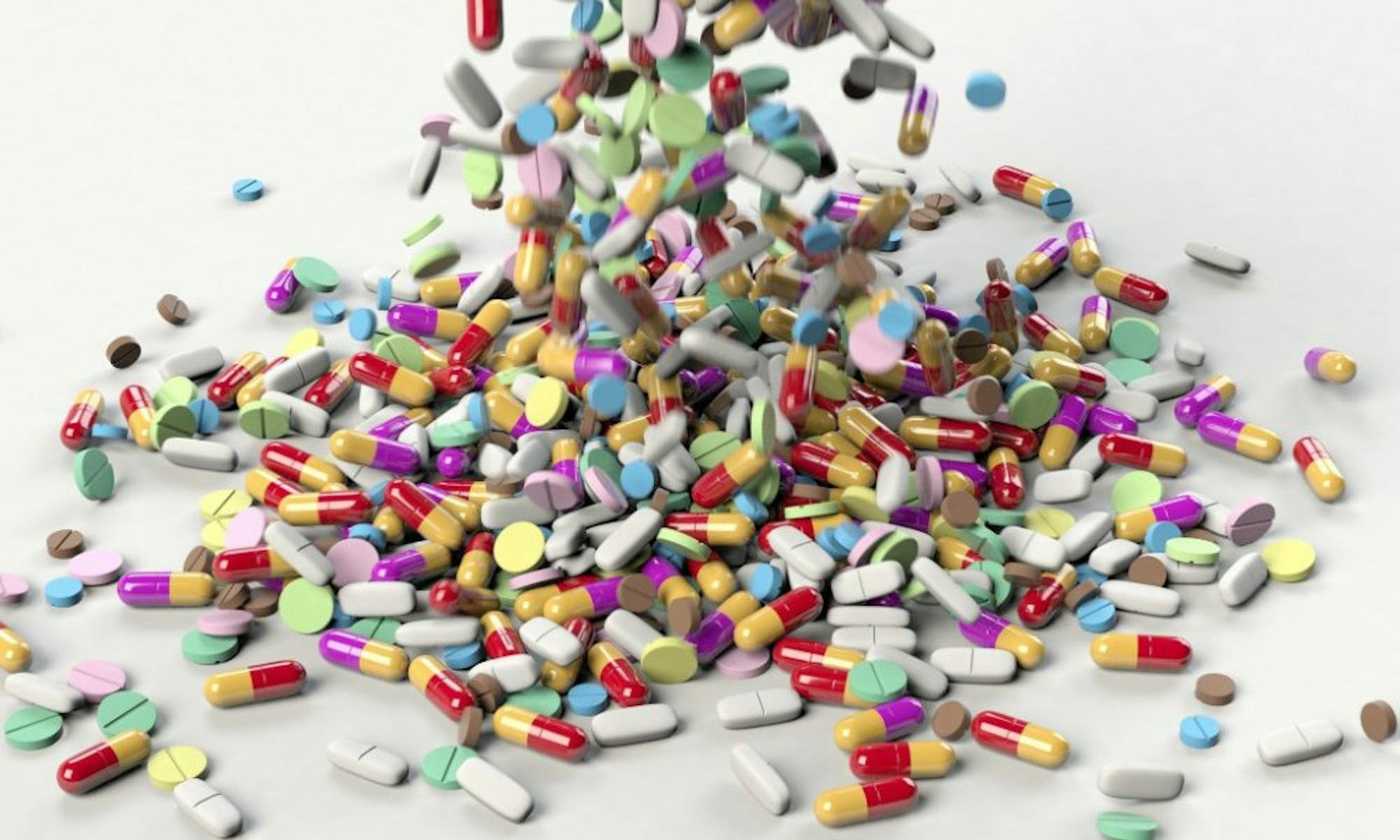
Parallel to the COVID-19 pandemic and its instantly recognizable waves of infected and dead, there is another lethal scurge in this great nation, which also recently reached its highest peak of casualties. The opioid epidemic. And while there are tens of thousands people dying from previously unknown types of narcotics in this tsunami of addiction and demise, the American public is still talking about the waves of the opioid epidemic that happened years ago, and watching Hulu’s “Dopesick,” of course.
But, what exactly is going on? In the past few months, two major announcements were made to the public by critical federal institutions that are not prone to the dramatics and I will go into detail about both. But what they had to say was nothing short of tragic. First, on Sept. 27, the Drug Enforcement Agency (DEA) released a Public Safety Alert, the first document of this type in six years. The agency warned of the severity of the issue of drug overdoses, reporting that there were more than 93,000 deaths from this cause in the U.S. alone in 2020, most of them from opioids. This is a sharp increase from 2019, with more than 70,000 deaths and 2018 with 67,000. The DEA claims that the uptick was caused by sales of illicit drugs on social media and e-commerce platforms and organized by international criminal networks, both of which specifically targeted youth. And then, even more shockingly, the Center for Disease Control and Prevention (CDC) released an urgent press release on Nov. 17, with a title “Drug Overdose Deaths in the U.S. Top 100,000 Annually.” The period in question was counting victims from April 2020 to April 2021, and drugs that are accounting for the 100,306 deaths should be a symbolic final straw that propels us to consider this as everyone’s problem.
So why aren’t we talking about this more? The DEA plea for the public to take the matter seriously did make it to national news but was also quickly forgotten. The CDC warning suffered a similar fate even though the huge round number they emphasized may have struck a chord with the public at the time but more likely not. How can we explain this never before seen danger from drugs? That people don’t get high, they just simply die.
I would argue that in the U.S., one of the reasons for unawareness on this issue is ignorance regarding counterfeit pharmaceuticals, by lack of knowledge of the dangers they present, or even what they are. And it is these fake meds that are the main driver for the tens of thousands of unnecessary deaths. Counterfeit or falsified drugs are near perfect copies of legal prescription medicines. Sometimes they look even better than the real product and have been historically linked with potency pills, slimming products, anabolic steroids and other so-called “lifestyle” drugs. However, there was a specific shift in the U.S. in the past years that made criminals adapt to the needs of the market. You see, federal and state governments in the U.S. insisted that physicians stop overprescribing opioids, based on CDC guidelines that redefined pain management.
Therefore, it can be assessed that because of that, the already-hooked masses turned to internet providers for their next fix. The customers for fake pills have changed, and nowadays instead of drugs to make them look or perform better, they prefer prescription opioids. As a result, the illegal manufacturers started mass producing and distributing new types of forged pills that you would usually get in the pharmacy.
Not to say that the government is not trying to address all of this, and in such a very dynamic field of public health, there has been a recent pushback to once again change the approach to prescribing opioids in order to resolve at least some of the issues raised above. There are new eagerly expected CDC guidelines that will redefine how to treat pain and this will surely help alleviate the needs of many patients that turned to black market for management of their suffering.
But the problem with counterfeit drugs will not go away on its own, I can vouch for that myself. Personally, I have worked or better still, battled in this field for more than a decade in Europe and globally and continue to do so during my Humphrey Fellowship at Emory University. I have always faced an uphill battle to raise awareness just how bad it is out there in terms of illicit medicines. I feel obliged to warn the public over and over about the grueling consequences of this problem. Based on restrictive estimates by the World Health Organization and Interpol, the perpetrators of these de facto crimes against humanity profit over $200 billion annually, killing more than 250,000 unsuspected patients in the whole world, and the majority of them being children. However, there is something strikingly new and wrong with fake meds in the US.
The most dangerous element of the current problem with counterfeit prescription drugs in the U.S. is that well-known opioids like oxycodone, hydrocodone and alprazolam, or stimulants like amphetamines are not only fake and of low quality, but also laced with unwanted deadly substances. The most dangerous of these secret ingredients is the synthetic cousin of heroin: fentanyl. The drug is up to 100 times more potent, and lethal in a less than two milligram dose – small enough to fit on the tip of your pencil. Criminals put fentanyl in their counterfeit drugs to make their product stronger and more addictive, but without precision of real pharmaceutical production. As a result, up to two in every five pills have the potential to kill. Essentially, whenever someone buys these pills and puts one in their mouth, it is as if they are unknowingly playing pharmacological Russian roulette.
Having all of this in mind, it is obvious that there is a lack of knowledge on the true nature of the latest opioid epidemic wave in the U.S. not only among addicts, but also the public in general. This issue can’t and mustn’t be restricted to the level of abusers, because even someone who is taking an opioid for the first time may end up dead after only one pill. We must educate and campaign and engage communities or simply talk in our social circles about counterfeit prescription opioids to understand the nature, sources and danger these fake drugs pose. But we must talk right now, or else thousands more lives will be endangered.
Pavle Zelic is a Humphrey Fellow from Serbia.









